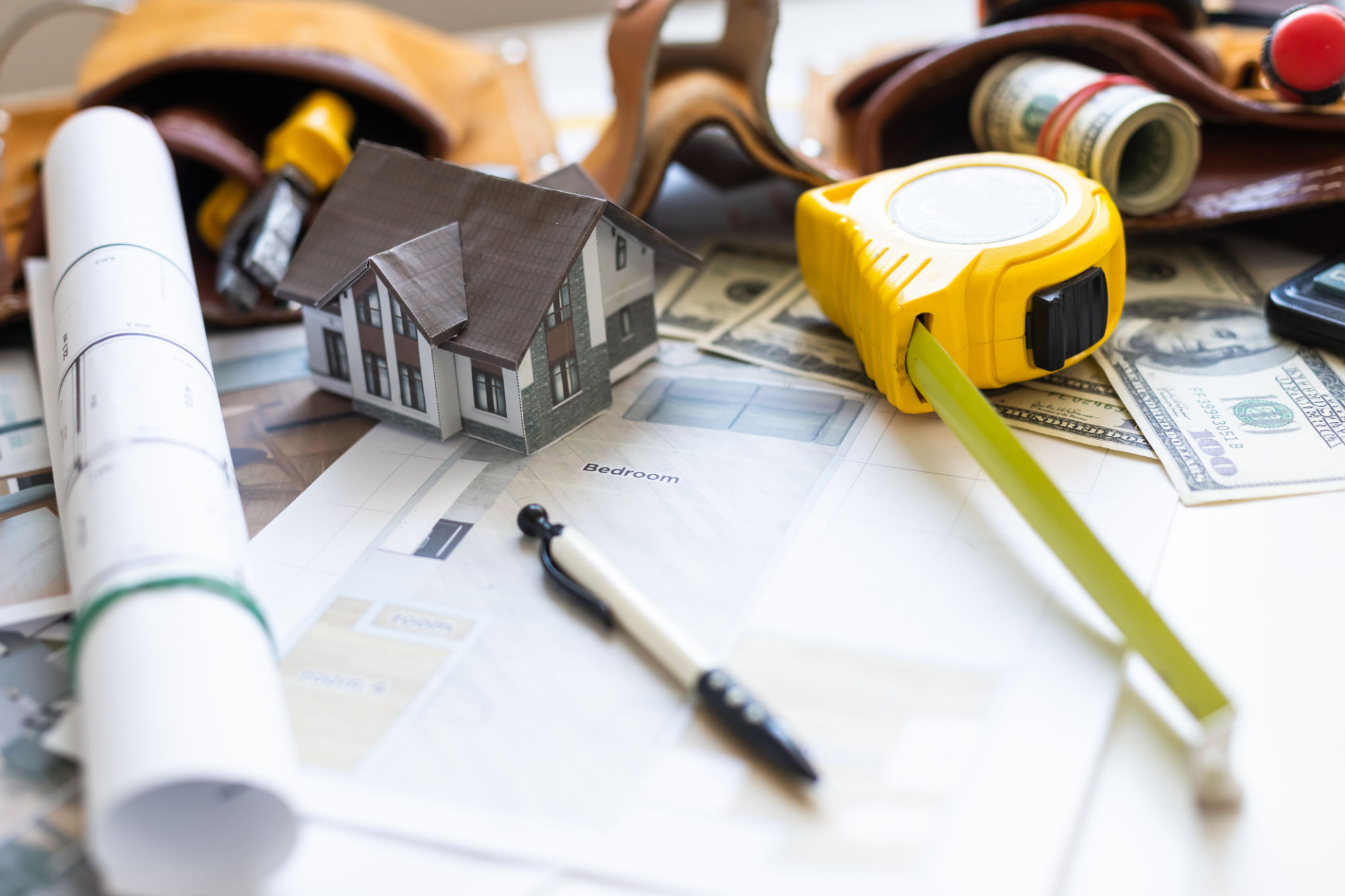Understanding Local Building Regulations in Australia for Home Renovations
The Importance of Understanding Local Building Regulations
Embarking on a home renovation project in Australia can be an exciting journey. However, it is crucial to understand the local building regulations to ensure that your project complies with legal requirements and standards. These regulations are designed to promote safety, sustainability, and quality in construction, safeguarding both the homeowner and the broader community.
Local building regulations can vary significantly across different regions in Australia. Each state and territory has its own set of rules, which are often further refined by local councils. Therefore, it is essential to familiarize yourself with the specific regulations that apply to your area before commencing any renovation work.

Key Areas Covered by Building Regulations
Building regulations encompass various aspects of construction and renovation work. Here are some key areas typically covered by these regulations:
- Structural integrity: Ensuring that buildings are designed and constructed to withstand various stresses and loads.
- Fire safety: Implementing measures to prevent and mitigate fire hazards.
- Energy efficiency: Promoting sustainable building practices to reduce energy consumption.
- Accessibility: Ensuring that buildings are accessible to all individuals, including those with disabilities.
Compliance with these regulations is not only a legal requirement but also a matter of safety and quality assurance. Ignoring or violating these rules can result in hefty fines, legal complications, or even the need to undo completed work.
Steps to Ensure Compliance
To ensure your renovation project complies with local building regulations, consider the following steps:
- Research: Begin by researching the specific building codes and standards applicable to your location.
- Consult professionals: Engage architects, builders, or surveyors who are familiar with local regulations.
- Submit applications: Obtain necessary permits or approvals from your local council before starting work.
- Regular inspections: Arrange for inspections at various stages of your project to ensure ongoing compliance.

The Role of Local Councils
Local councils play a pivotal role in the regulation of building activities. They are responsible for issuing permits, conducting inspections, and enforcing compliance with building laws. Establishing a good relationship with your local council can facilitate smoother progression of your renovation project.
Councils also provide valuable resources and guidance on compliance matters. Many councils offer pre-lodgment meetings where you can discuss your plans and receive feedback on potential compliance issues. These meetings can be invaluable in identifying challenges early and avoiding costly mistakes down the line.
Common Pitfalls in Home Renovations
A common pitfall for homeowners is underestimating the complexity of building regulations. Even minor renovations can trigger compliance requirements. For example, adding a deck or carport may require specific approvals due to factors like location or size.
Another frequent issue is incorrect documentation. Detailed plans and specifications must be submitted accurately to avoid delays in obtaining necessary approvals. Engaging professionals who are well-versed in local regulations can significantly minimize these risks.

The Benefits of Compliance
While navigating local building regulations may seem daunting, the benefits of compliance far outweigh the challenges. Adhering to these standards ensures that your renovation is safe, sustainable, and legally sound. Moreover, a compliant project is likely to enhance the value of your property, providing peace of mind and long-term benefits.
Ultimately, understanding and adhering to local building regulations is an integral part of any successful home renovation in Australia. By taking proactive steps to ensure compliance, you can focus on creating a beautiful and functional space that meets your needs and stands the test of time.
